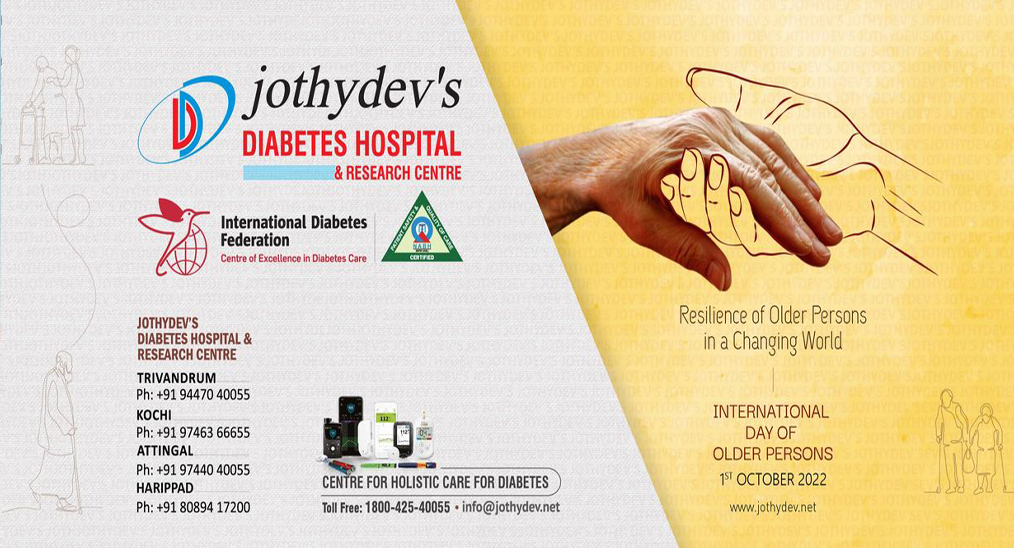1. The significance of repeated education in correcting insulin injection techniques and improving glycemic control

The success of insulin therapy in achieving glycemic control highly relies on proper insulin injection practices. Proper insulin injection technique is crucial for optimizing the efficacy of insulin therapy. This original article published in the ‘International Journal of Diabetes and Technology’ explored the significance of wrong insulin injection techniques on poor glycemic control, and the impact of brief education sessions in inculcating proper insulin injection practices among patients with Type 2 diabetes in a real-world diabetes care setting.
A retrospective analysis was conducted for the past 2 years among T2DM patients who exhibited improper injection techniques despite attending a 15-min training session and were asked to fill in a questionnaire. The injection site of the study cohort was also examined. They were made to attend the session and followed up for the succeeding 6 months to understand the underlying benefits of such training episodes. The results showed that among people with T2DM, 126 individuals were identified with wrong injection practices. The mean HbA1c was 10.42% ± 2.33%, mean fasting blood glucose 199.60 ± 82.46 mg/dL, and mean postprandial blood glucose 236.70 ± 96.11 mg/dL. The participants' average number of insulin shots a day was 2.85 ± 1.11. The site of injection was incorrect in 20.17% of the patients; in 35.65%, the procedure of injecting was incorrect; and 11.97% did not follow injection site rotation. 18.80% of the patients presented with lipodystrophy or lipoatrophy.
The researchers concluded that improvement of insulin injection technique requires the involvement of all the key stakeholders in insulin therapy, these being diabetes educators and/or nurses, physicians, patients, and needle/device manufacturers.
For enquiries info@jothydev.net.
Please visit: jothydev.net | research.jothydev.com | diabscreenkerala.net | jothydev.com/newsletter




